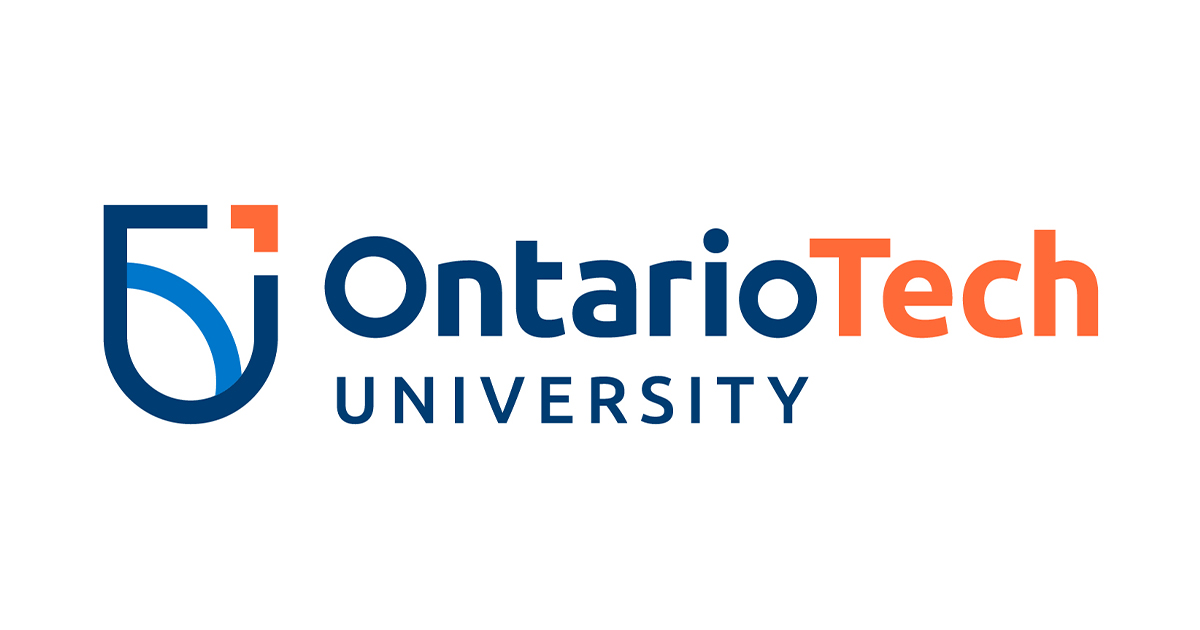Frequently Asked Questions (FAQs)
General Questions
-
What is UDL?
Universal Design for Learning (UDL) is an evidence-based framework that allows educators to improve and optimize teaching and learning, by reducing barriers to instruction in any learning environment.
-
How does UDL work?
The UDL framework takes into account learner variability and focuses on providing alternatives and flexibility to remove educational barriers and give all learners an equal opportunity to succeed.
-
Is UDL a one-size-fits-all approach?
No. Universal Design for Learning (UDL) is not a one-size-fits-all approach. Although the word "universal" is used, UDL does not aim to find a fixed solution to cater to all learners. Instead, this framework takes into account learner variability and is designed to be adaptable to meet their diverse needs.
-
What’s the goal of UDL?
Universal Design for Learning (UDL) aims to reduce barriers to instruction and promote inclusion by focusing on changing the design of the learning environment, rather than changing the learner.
-
Who benefits from UDL?
Universal Design for Learning (UDL) is essential for some, but it ultimately benefits all learners.
-
Are there guidelines to support UDL implementation?
Yes. CAST's UDL guidelines serve as a tool to support those looking to apply the UDL framework to any discipline.
UDL, Accessibility, and Accommodations
-
Are UDL and accessibility interchangeable terms?
No. UDL and accessibility are not interchangeable terms.
Accessibility focuses on making educational content relevant to and usable by individuals with disabilities. UDL, on the other hand, is an educational framework that aims to make educational content accessible to all learners, not just those with disabilities. UDL takes into account accessibility, but also learner variability and preference.
-
Is UDL a type of accommodation?
No. Accommodations change how individual students learn and engage with the course material. For example, providing a student with extra time to write an exam. Accommodations tend to be reactive, and are provided in response to an individual's identified needs.
UDL, on the other hand, is a proactive approach to designing learning environments that considers learner variability and preferences to remove barriers for all students. For example, providing flexible due dates or untimed assessments for all learners in a course.
-
Does UDL eliminate the need for individual accommodations?
No. Although UDL aims to reduce the need for individual accommodations by removing educational barriers, it does not completely remove it. Students are encouraged to register through Student Accessibility Services (SAS) if they require an accommodation.
